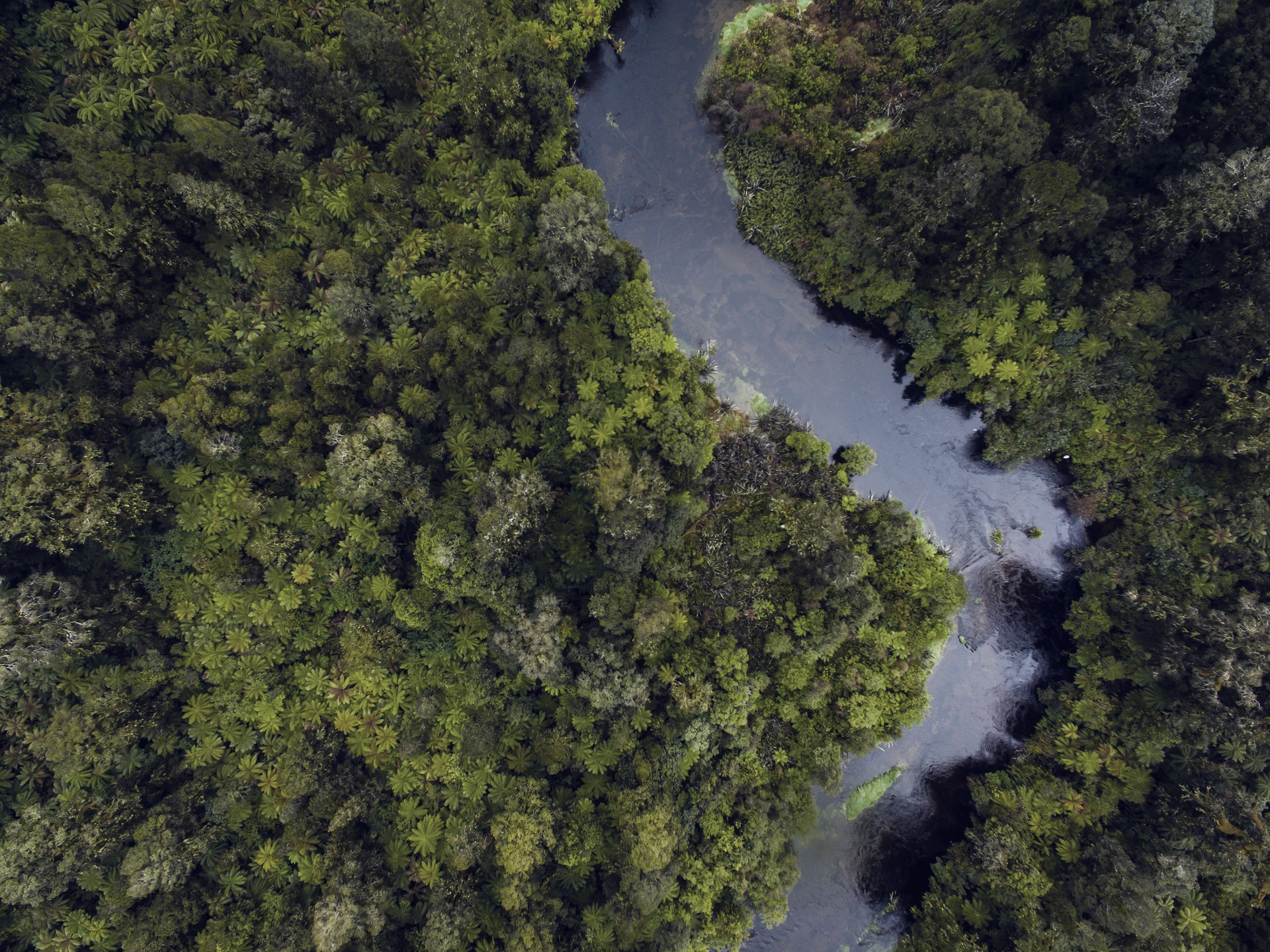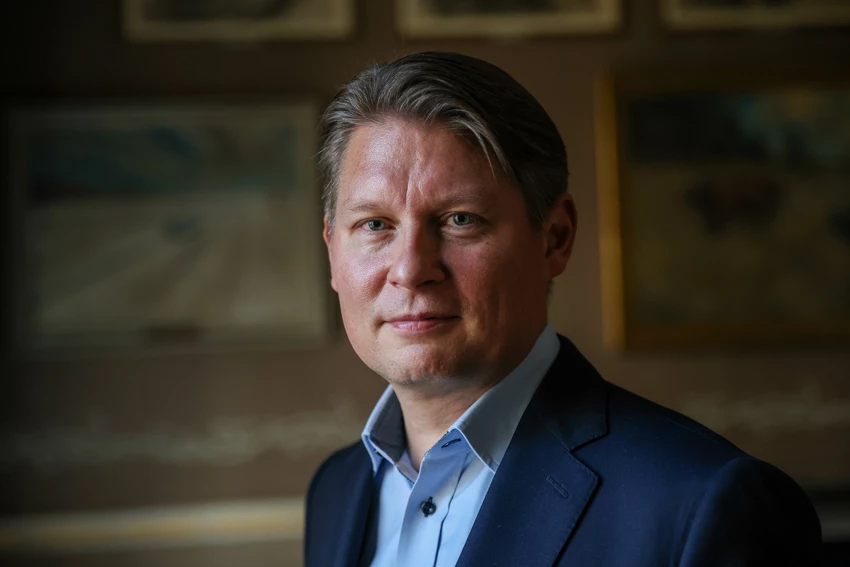Hopefully, by next summer there will be at least a partially effective vaccine and/or medication. We believe this would allow a return of demand for air travel, but not to anywhere near 2019 levels. There will likely be major economic woes, for corporates and consumers. Some types of leisure travel may continue to suffer, like Asian group travel. This is an important category for us which we expect to eventually come back but which has an effective 12-month lead time, since Chinese groups typically book their travel 12 months ahead. As for corporate travel, we think part of it will not return. Corporate travel related to deal-making, to active and prudent governance, to active relationship building, will continue to play a role. The maintenance of existing relationships and ongoing ordinary business interactions may be partially replaced by videoconferencing and online meetings.
Against this backdrop, we expect that it could take three years until the volume of air travel for Finnair returns to 2019 levels. For the global aviation industry, we believe it could take closer to four years. We will resize the airline to match this environment, and to be competitive in the post-COVID-19 market landscape.
Sometimes a crisis is needed to shake up, consolidate or restructure an industry. Would you expect an increased polarisation among airlines after COVID-19? What do you think will distinguish winners from losers? Could pro-active and early capital strengthening be one such differentiator?
Topi: We expect the competitive landscape to become increasingly polarised during the pandemic, where balance sheet strength should be a key differentiator. The current dire market environment means that effectively all airlines are trying to hoard cash and are accumulating debt. Some have wafer thin balance sheets. Any such airlines that survive the pandemic will need a very long time to rise and recover from the immense financial strain. The need to repay all their debt means they will find it difficult to invest. Balance sheet strength and the ability to invest in modern, fuel-efficient aircraft with lower CO2 emissions and improved passenger and employee experiences is critical for us. We want to be able to invest in the customer experience and sustainability.
I believe tomorrow's more polarised aviation industry will have the low-cost airlines, which will be running point-to-point traffic, short haul, and will likely see some consolidation in their segment, with the big players getting bigger. The traditional network airlines, where Finnair is competing, have a significant share of their business in long haul. Here I think customers will be increasingly focused on quality and service, and the mitigation of health risks could be a critical part of this. How much personal space do you get in the aircraft? How can you personalise your trip? How clean is the aircraft? How is hygiene maintained? How is it disinfected? We think these will be differentiating factors and believe Finnair is well positioned, as a modern premium airline with one of the world's most modern long-haul fleets in the form of our Airbus A350 fleet.
To protect our cash, we are limiting our capital expenditure in the short term. But we continue to execute on projects which are critical for building long-term competitiveness.
Do you expect the COVID-19 pandemic to be an additional catalyst for focus on sustainability? Could it prompt changed consumer behaviour which is needed to achieve better sustainability? If so, do you think airlines will be able to adapt, for example to lower emissions and a different mix of travel destinations?
Topi: At Finnair, we look at sustainability through the lens of three pillars: environmental, economic and social. In the short term the environmental pillar is not as central as it used to be, as actual traffic volumes have declined so much that CO2 emissions are much less of an issue. Economic sustainability, on the other hand, including the ability of airlines to withstand a shock, continue to fly passengers, and refund passengers for flight cancellations, has become a big topic. And so has social sustainability, as airlines are in this dire market environment forced to adapt and restructure. This usually includes reducing staff, which you need to do very responsibly. And during the pandemic there are other social sustainability and responsibility items which become important, such as Finnair operating cargo flights to deliver face masks, COVID-19 test kits and other personal protective equipment. These social sustainability issues have taken centre stage but we expect that environmental sustainability will become top of mind again, once the pandemic is behind us.
In anticipation of that, we introduced our long-term sustainability strategy even in the midst of the COVID-19 outbreak, before it became a pandemic. We aim to be carbon-neutral by 2045. Perhaps an even bigger milestone for us is that we want to reduce our CO2 emissions by 50% by the end of 2025. We need to invest in more modern aircraft, especially in our short-haul fleet. We need to use more sustainable aviation fuels, biofuels and synthetic fuels. We need carbon offsetting. We need European emissions trading. We need a range of operational measures to reduce the weight of our aircraft. When you calculate backwards, you realise that both the 2025 goal and the 2045 goal require the ability to invest. This brings us back to the issue of balance sheet strength, and this was part of the long-term considerations when deciding on the capital strengthening measures we implemented.




